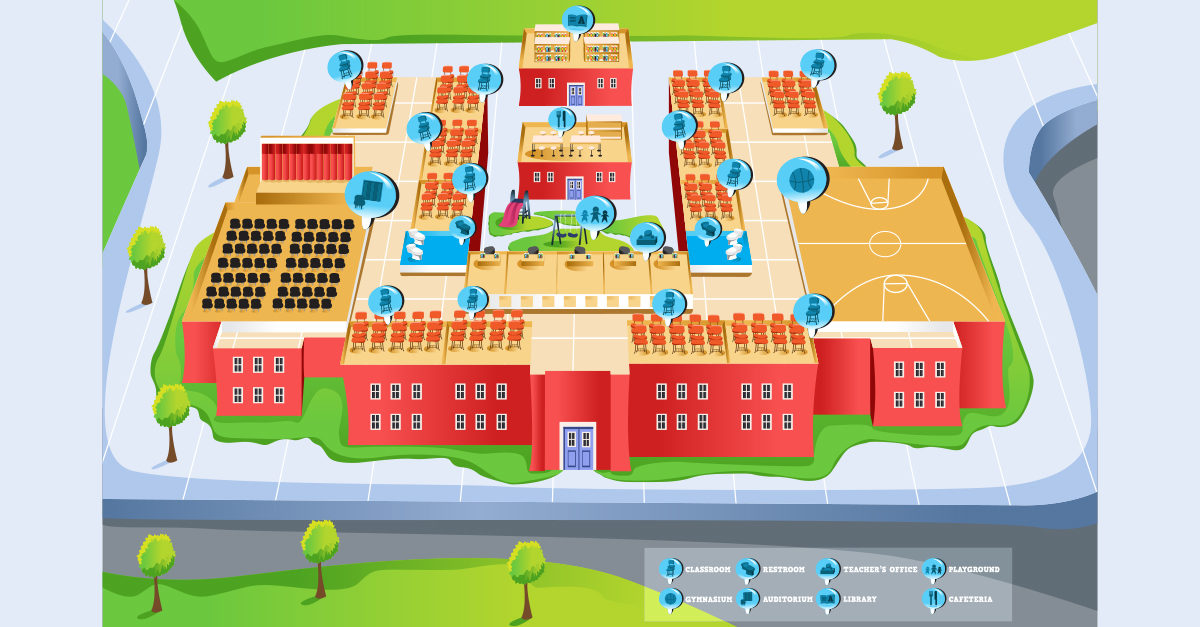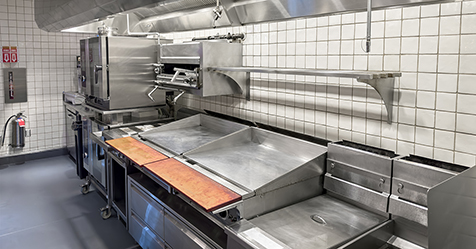As a consultant, I have found the biggest complaint from custodians is the real or perceived inequality in the work they are assigned. Proper methods for quantifying your cleaning can go a long way in avoiding that problem.
Years ago, when I was still working in janitorial services, I was transferred from a small elementary school to the district high school. Unsure of what the new job entailed, I arrived early for my first shift, hoping to get some instruction from my supervisor.
“Do you clean the high school the same way I cleaned at my other school?” I asked.
“Yeah, it’s basically the same,” my supervisor said. “Just make sure it looks good.”
When I asked what rooms I would be responsible for cleaning, he took a map of the high school, folded it in half, and then in half again.
“Clean the upper right quarter,” he said. “If you have any questions, you can ask me at break.”
That folded map was my first exposure to workloading, but that particular method wasn’t one I would recommend to any of my clients. Here are some factors to consider when outlining work assignments.
Square Footage vs. Procedure
The flaw in the folded map was that it didn’t account for the differences in area types. So, while each cleaner was assigned an equal area on the map, our workloads weren’t necessarily equal.
Not all rooms are cleaned equally. A restroom takes longer to clean than a classroom that is the same size. Therefore, cleaning zones should be determined not just by square footage, but also by the amount of time it would take to clean the area. The goal is for each cleaning zone to take an equal amount of time to clean.
Cleaning, when done properly, is a straightforward series of tasks and procedures repeated multiple times throughout the scheduled workday. Cleaning zones should be assigned according to the unique tasks, times, and frequencies required for each cleaning area.
Setting standards takes some time, but in the long term, makes the initial time spent well worth it. Make sure to include training for your cleaners and communicate your standards to your customers or clients.
Reasonable Cleaning Times
Cleaning times must be reasonable and easily replicated throughout the facility. My supervisor’s advice to make the area “look good,” left a lot to my judgement and set us both up for failure.
If using national standards, document times for each specific task within an area type along with the frequency for each task. Do not tell employees to clean an area “as needed.”
Some organizations prefer to do their own time studies to determine how long it will take to complete cleaning tasks. If this is the case, be sure that enough cleaners participate in the study to get a reasonable average for the times you will use. Additionally, keep in mind that the equipment used for cleaning impacts the time it takes to complete a task.
Technology Can Help
Unfortunately, that folded map approach continues to be a realty for some cleaning organizations, but it shouldn’t be. We now have technology that can provide us with staffing data for multiple levels of cleaning and in real time, if necessary.
The primary reason organizations don’t use new technology is the amount of time that it takes to set it up. Without a space inventory of the facilities, applications of cleaning standards, and careful consideration of non-cleaning tasks that impact productivity, the final staffing numbers will come out fuzzy at best and completely wrong at worst.
Know Your Facility
Be fair to yourself, your cleaners, your contractors, and your institution by knowing the level of cleaning that you can afford based upon the application of sound standards to the specific infrastructure of your organization. This is time spent upfront that will lead to time saving in the end.
Take the time to quantify your cleaning, so that you can create equalized work areas and have a happier and more productive workplace.




